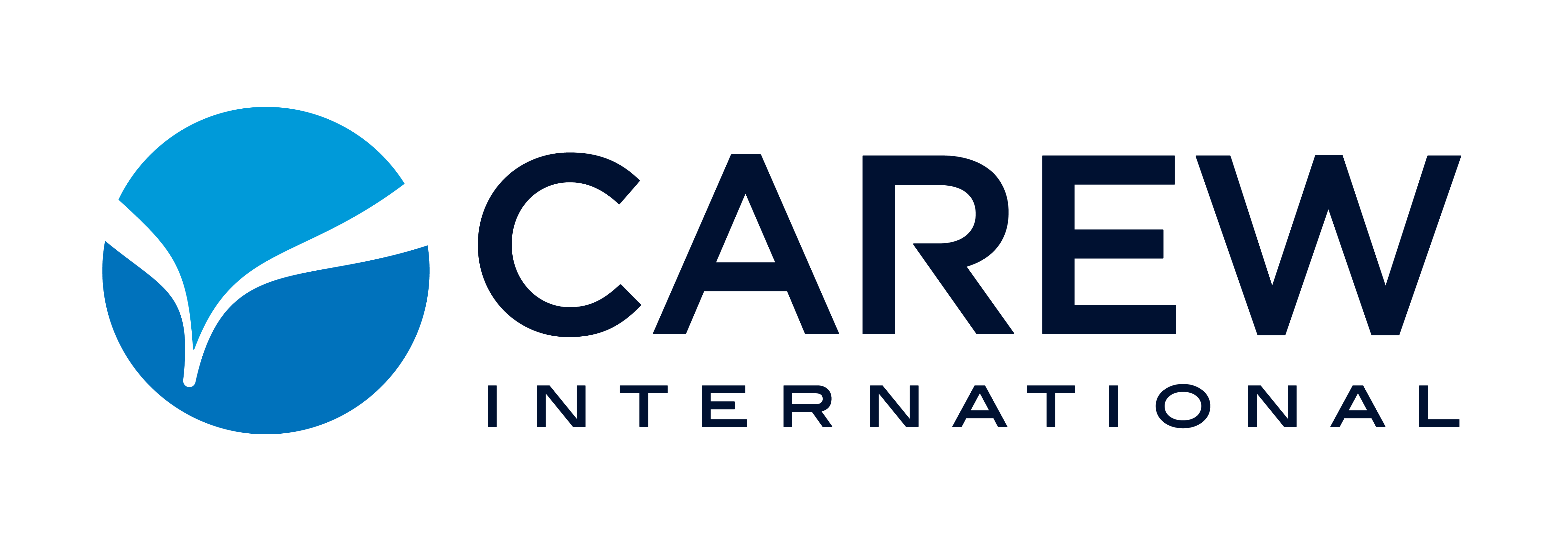We hear the word strategic planning being used quite often.
But what exactly is strategic planning?
Are there differences between strategic planning and strategy?
Why is strategy so much more effective for achieving business success?
Roger Martin, the former dean of the Rotman School of Management at the University of Toronto and one of the world’s leading thinkers on strategy says that developing strategy means going outside an organization’s comfort zone and escaping the common traps of strategic planning.
00:00 Most strategic planning has nothing to do with strategy.
01:00 So what is a strategy?
02:08 Why do leaders so often focus on planning?
04:05 Let’s see a real-world example of strategy beating planning.
06:33 How do I avoid the “planning trap”?
Planning typically involves a list of activities a company intends to undertake, focusing on actions and resource allocation. Think…
- Building a new factory
- Launching a new product
- Acquiring another company
- Establishing a new partnership
- Starting a talent development program
Alternatively, Martin says that “strategy is an integrative set of choices that positions you on a playing field of your choice in a way that you win.” Ultimately, strategy is a theory that has to be coherent, doable, and translate into action.
A good strategy articulates a clear theory of how a company will win in the marketplace. This theory should be based on an understanding of the company’s strengths and weaknesses, as well as the competitive landscape.
A good strategy should also be specific about the target customer and how the company will deliver superior value to that customer.
Martin uses Southwest Airlines as an example of a company that successfully implemented a winning strategy. Southwest’s strategy was to offer low-cost, point-to-point flights with a focus on short distances and a simple fleet of airplanes. This strategy allowed Southwest to undercut the major carriers on price and become the world’s largest domestic airline by passenger traffic.
Here are some takeaways for business leaders who want to “escape the planning trap” and develop a winning strategy:
- Shift your focus from detailed plans to defining a clear and compelling strategy. A strategy outlines the choices you make about where to compete and how to win, while a plan is simply a set of activities.
- Developing a strategy involves uncertainty and risk. Don’t shy away from the difficult choices and the possibility of failure.
- Define your strategy’s desired outcome and align all your resources toward achieving it. Don’t get bogged down in the details of the plan; instead, focus on the results you want to achieve.
- A winning strategy requires making tough choices about what to do and what not to do. Don’t try to be everything to everyone. Focus on your strengths and choose your battles wisely.
- A good strategy has a clear theory about why your company should be in a particular market and how it will win. This theory should be based on a deep understanding of your customers, competitors, and the broader market environment.
- The world is constantly changing, so your strategy needs to be adaptable. Be prepared to tweak your strategy as you learn more, and the market evolves.
- Once you have a strategy, communicate it clearly to your team and stakeholders. Make sure everyone understands the choices you’ve made and the logic behind them.
- Track your progress and measure the impact of your strategy. Use this information to make adjustments as needed and ensure you’re on track to achieve your desired outcomes.
For more from Roger Martin on this topic, read “A New Way to Think: Your Guide to Superior Management Effectiveness.”





